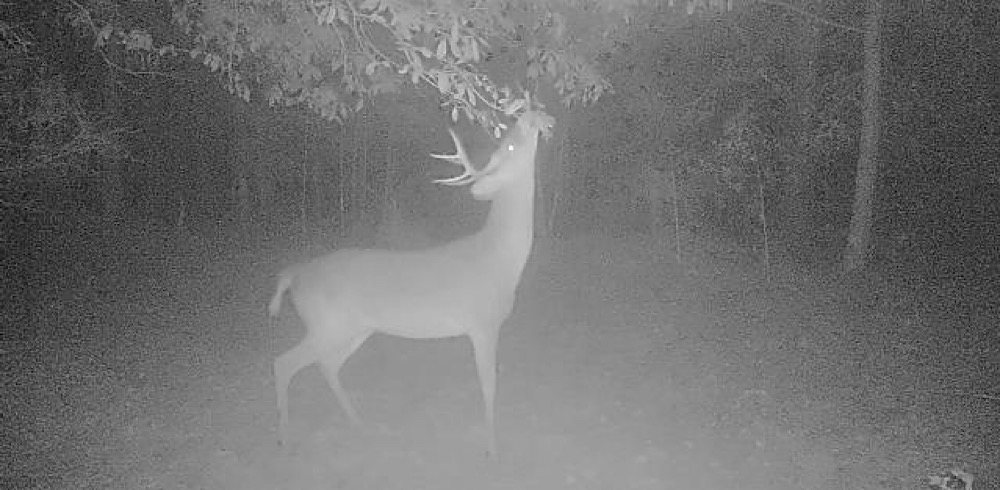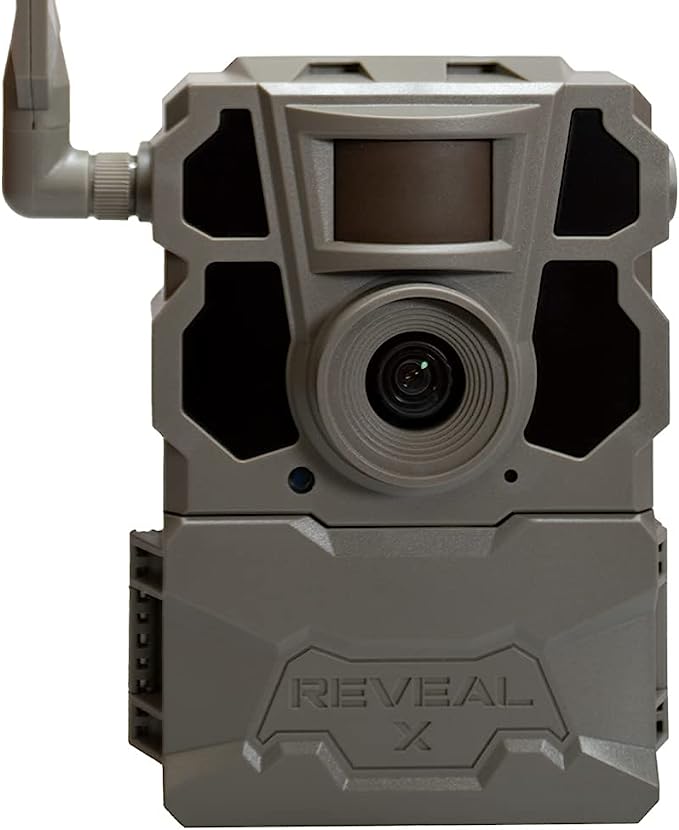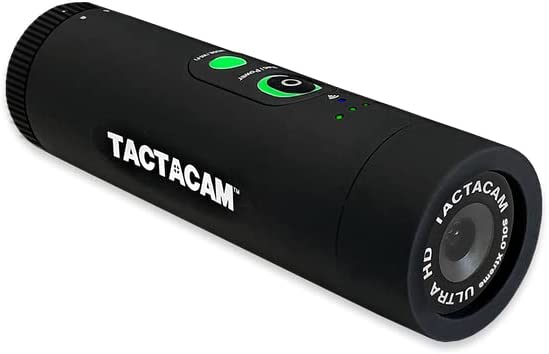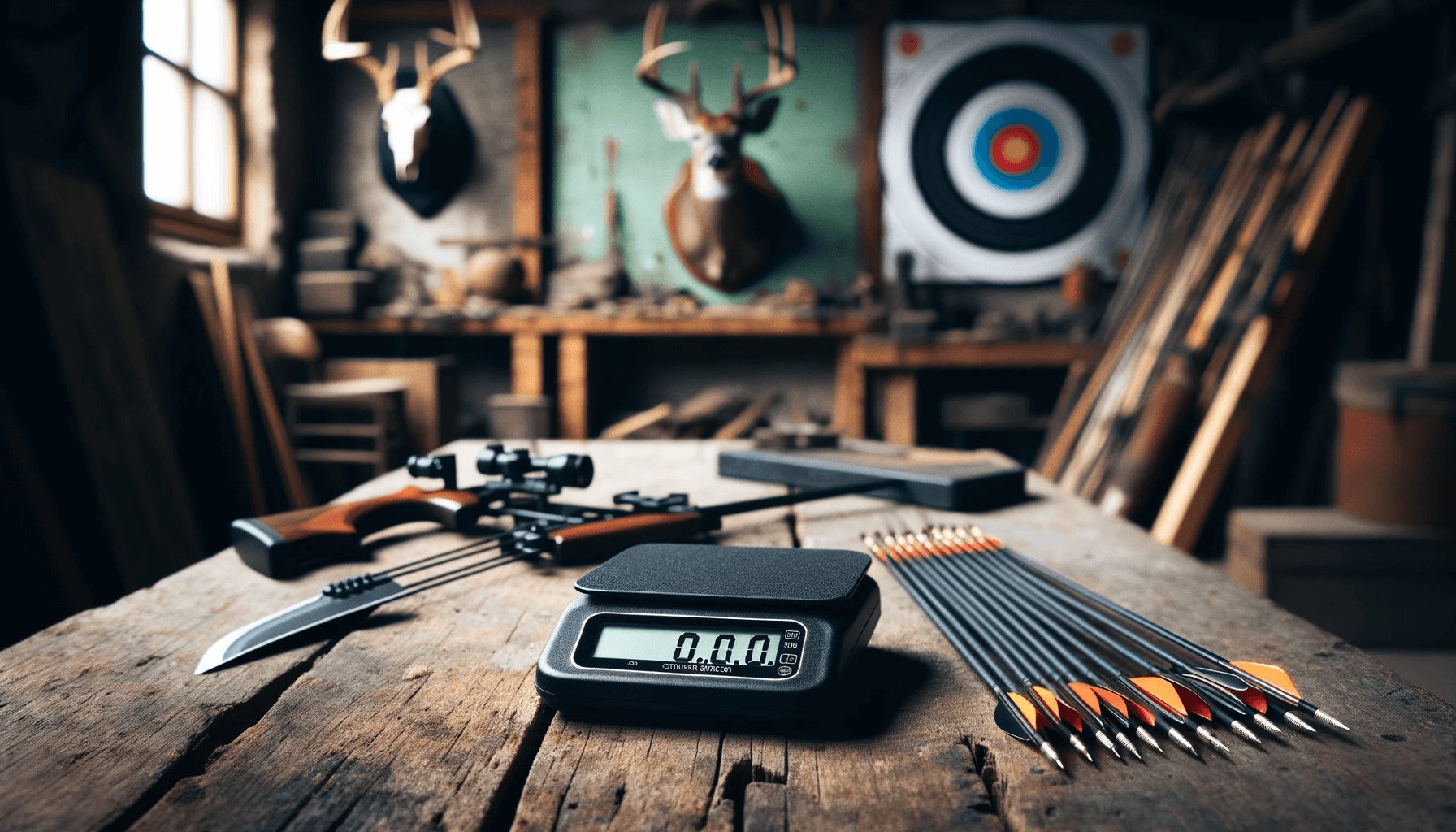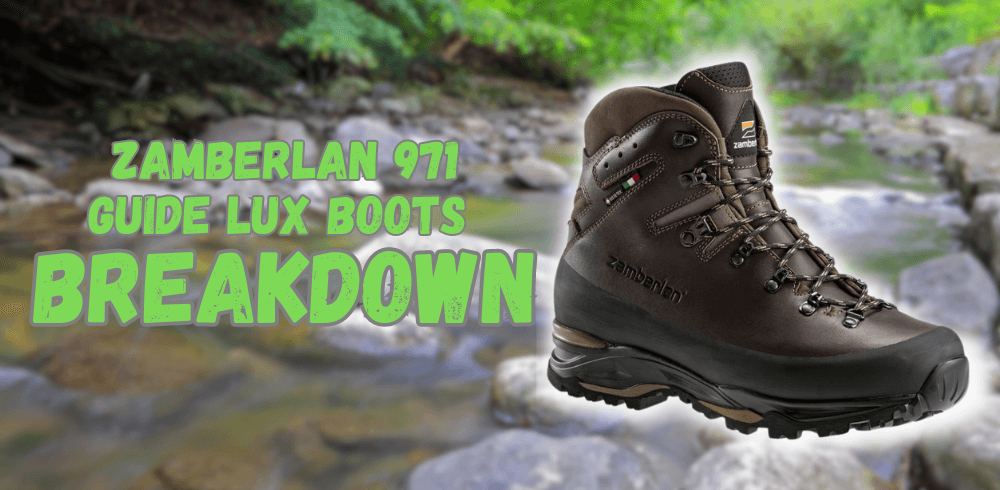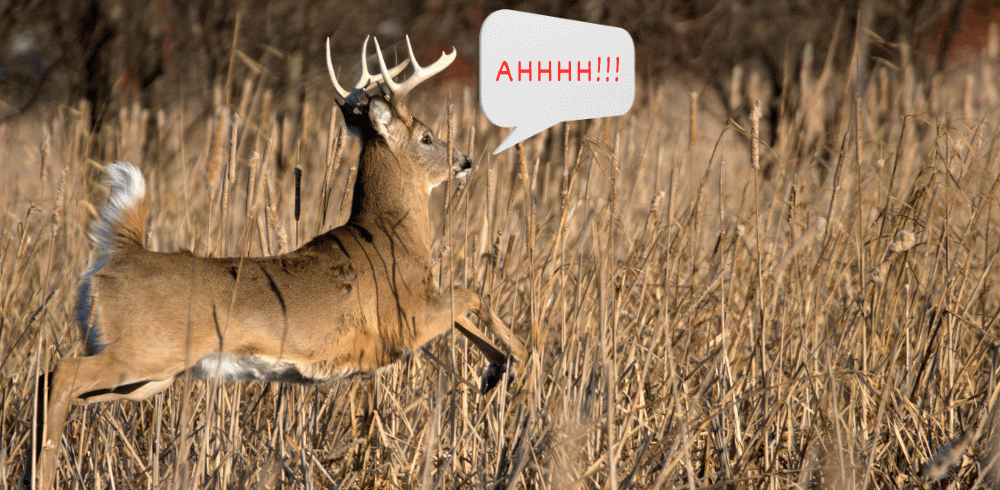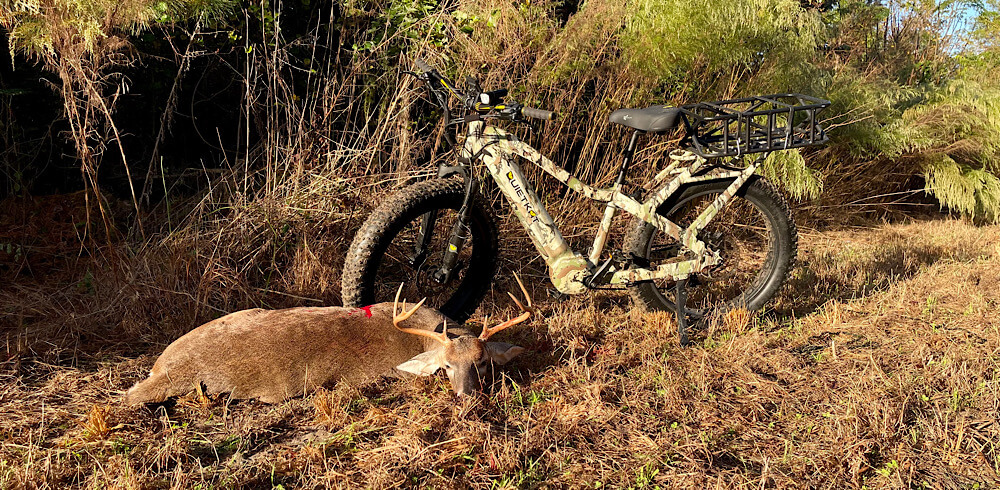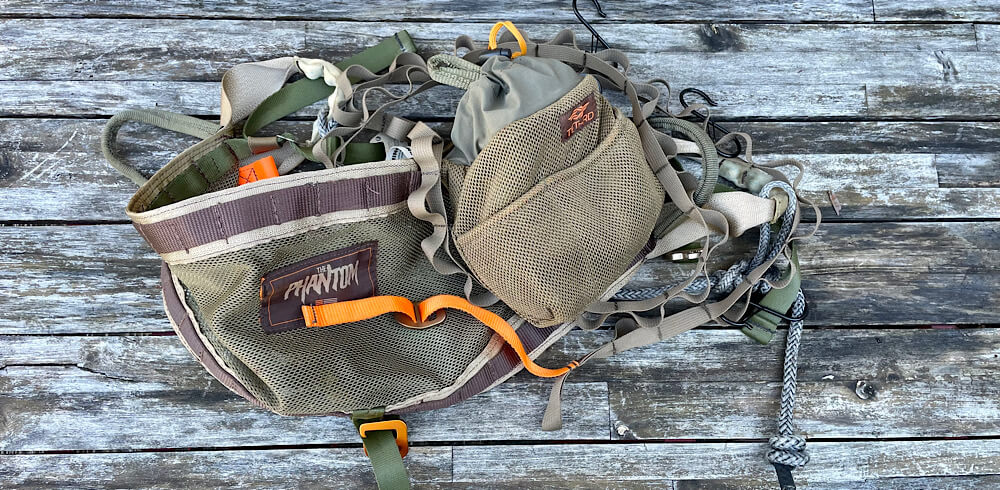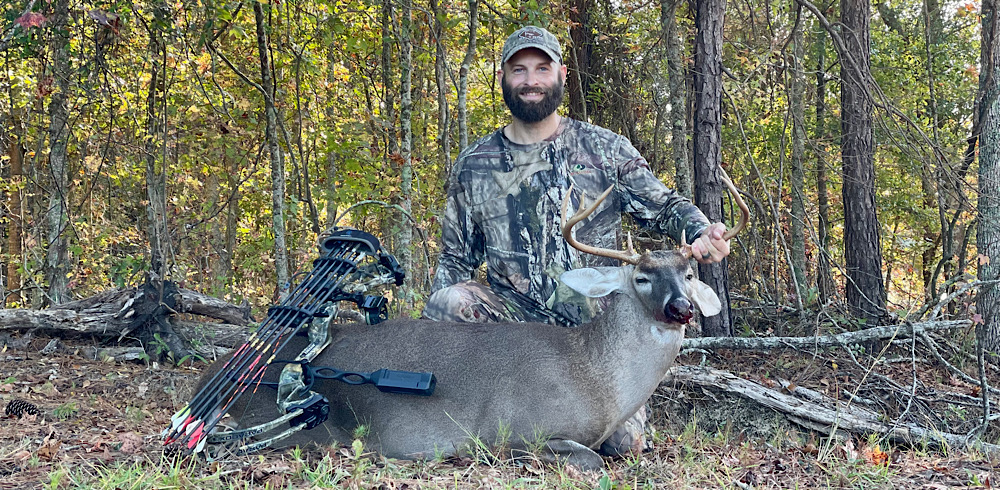Knowing how to hunt scrapes in October is critical to finding success as photoperiod brings the rut closer and closer.
What is photoperiod?
Photoperiod is the amount of daylight in a 24-hour period and it’s the catalyst that causes the hormonal changes in bucks and does alike. That’s the reason the rut happens at basically the same exact time each year.
When do bucks start scraping?
Bucks, does, and fawns will all work scrapes all year long, but it’s not a super consistent activity until the rut starts to get closer after bucks shed their velvet. As bucks shed their velvet, break up from bachelor groups, and begin to “mark” their territories through rubbing and scraping, they begin visiting certain scrapes more frequently.
Why do bucks scrape?
Scrapes aren’t just a visible way for bucks to show their dominance. They often use branches hanging over scrapes as a way to leave their calling card by rubbing their pre-orbital glands on the branches, which other deer can smell.
They also urinate on the scrapes. As their urine runs down their legs, it passes over their tarsal glands before hitting the scrape, which further serves the same purpose. All the scent left on a licking branch and scrape serves as a way for bucks to leave their calling card and let other bucks and does know they’re in the area.
Because does also use these scrapes, bucks can scent check them to determine if there’s a doe in estrus residing in the area during the rut.
When is the best time to hunt scrapes?
If you have cellular trail cams at your disposal, the best thing to do is hang one over an active scrape that you can tell is being used. When you start seeing consistent buck activity, it’s time to make a plan to go in. Not all scrapes are created equal. Scrapes near open areas or field edges are usually only used during the cover of night, whereas scrapes back in the cover are usually the ones that see most of the daytime activity.
A cell cam can tell you if the scrape is being worked mainly in the morning or afternoon. If you don’t have a camera set up and have no idea when deer are hitting it, but it’s back in the cover, an evening sit would be best earlier in October, while morning hunts can be very productive later in October and early November.
How to hunt scrapes in October
When determining how to hunt scrapes in October, the main thing you want to do is set up your stand or saddle downwind of it. As a bowhunter, 20-30 yards off the scrape is perfect. You don’t want to sit too tight to it, as a buck could cut your tracks on his way in, ending the hunt prematurely.
Grunting and/or rattling can be productive when hunting an active scrape that gets worked by a mature buck. Rattling should usually be reserved until the pre-rut/rut timeframe, although I’ve had success with it earlier than that.
The aggression of your calling should only grow as it gets closer to the rut. Early October should see light calling, while the last week of October can see more aggressive grunting and rattling sequences.
Bucks often scent check from a distance
You should also know that as the rut hits full stride and bucks are actively hitting scrapes searching for hot does, they’ll often just travel through cover downwind of them. They won’t always work the scrape. They’ll simply scent check them for hot does. At 10-30 yards downwind of a scrape, a buck can smell whether a hot doe has been there.
For that reason, hunting 40 yards off of an active scrape may be better than hunting right over it during the seeking phase of the rut. Hunting 15 yards over a scrape during this time could result in a buck traveling downwind of you as he scent checks from a distance.
Don’t over-hunt scrapes
The worst thing you can do with a hot scrape is over-hunt it. If you go in and don’t get it done, it can be tempting to go right back in. Sometimes that’s ok, but the situation needs to call for it. If you have a cell cam set up and notice that deer don’t return for a day or two after an unsuccessful hunt, it’s better to wait until normal action resumes.
On the other hand, if it’s nearing peak rut and you don’t notice a difference, you may find success going right back in the next time conditions are right. Either way, hunt scrapes with caution, taking the wind, thermals, entry, and exit into account.
Have more questions about deer behavior, such as “Why Do Deer Blow?”, there’s a lot more info in the blog!

